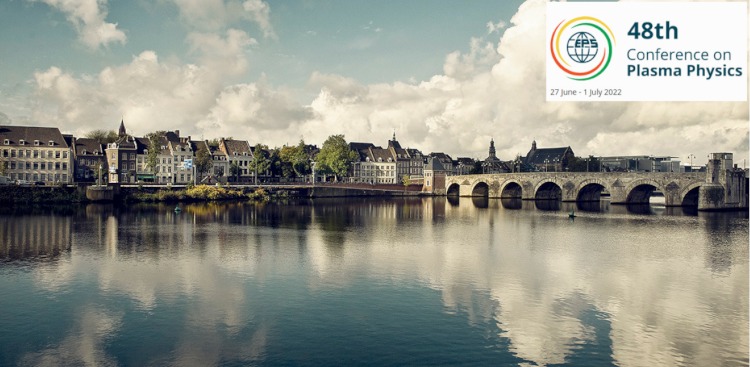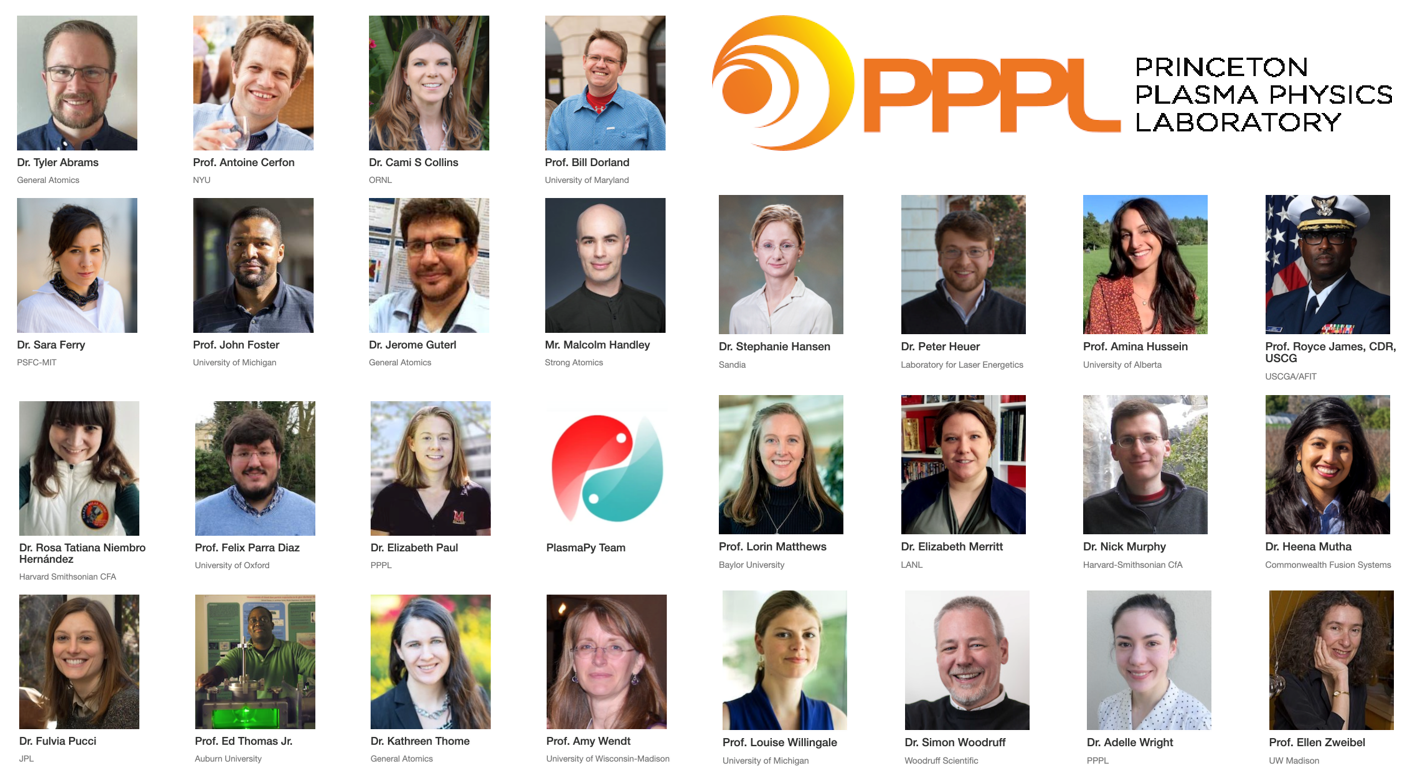
On the 23rd of April is “la Diada de Sant Jordi”, the Saint George’s Day. This is a very deep-rooted tradition in Catalonia and one of its most special days. While in the past the tradition consisted of men giving women a red rose and women giving men a book, nowadays anybody can give a book or a rose or both to anybody as they wish.
Although is not a public holiday, all throughout the day, Catalan cities and villages are filled with stalls selling books and roses as well as people walking in search of a special book or rose to give away. It is such a very fun and festive ambiance that it is difficult to explain in words; it is best to come here to experience it for yourself!





